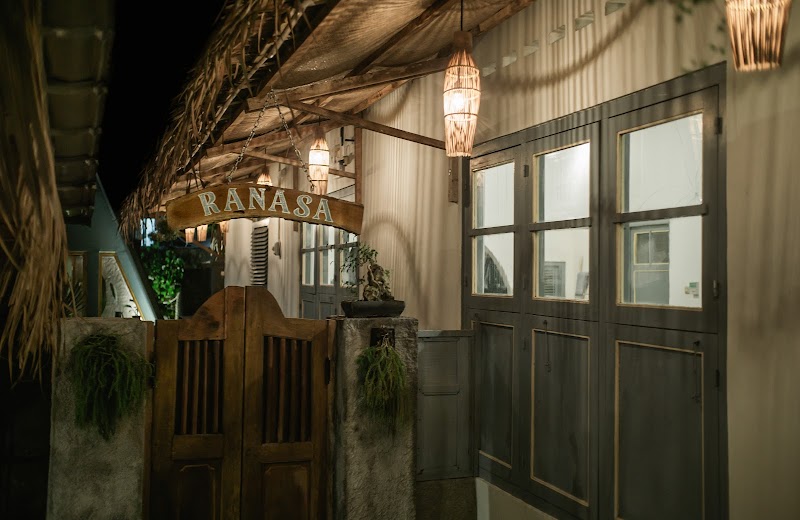The bed was one of the comfiest I have stayed in after months of travelling. definitely a place to add to your list if you’re in need of a good nights sleep ?
Thank you all from the bottom of my heart. I hope to be back in the future.

The bed was one of the comfiest I have stayed in after months of travelling. definitely a place to add to your list if you’re in need of a good nights sleep ?
Thank you all from the bottom of my heart. I hope to be back in the future.

Explore prominent consulting firms in neighboring countries, such as those referenced in Suai, Baucau and Dili, to gain insights into..
Explore prominent consulting firms in neighboring countries, such as those referenced in Bali, Jakarta and Suai, to gain insights into..
I was on a budget so this is my feedback for people in a similar situation. Firstly, you can’t bring..
Explore prominent consulting firms in neighboring countries, such as those referenced in Suai, Baucau and Dili, to gain insights into..